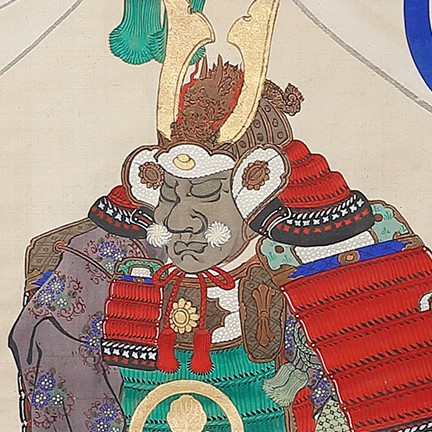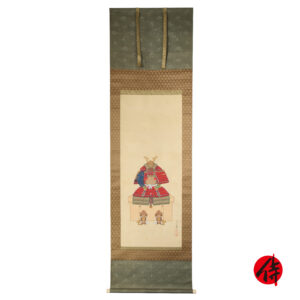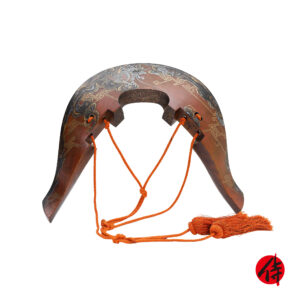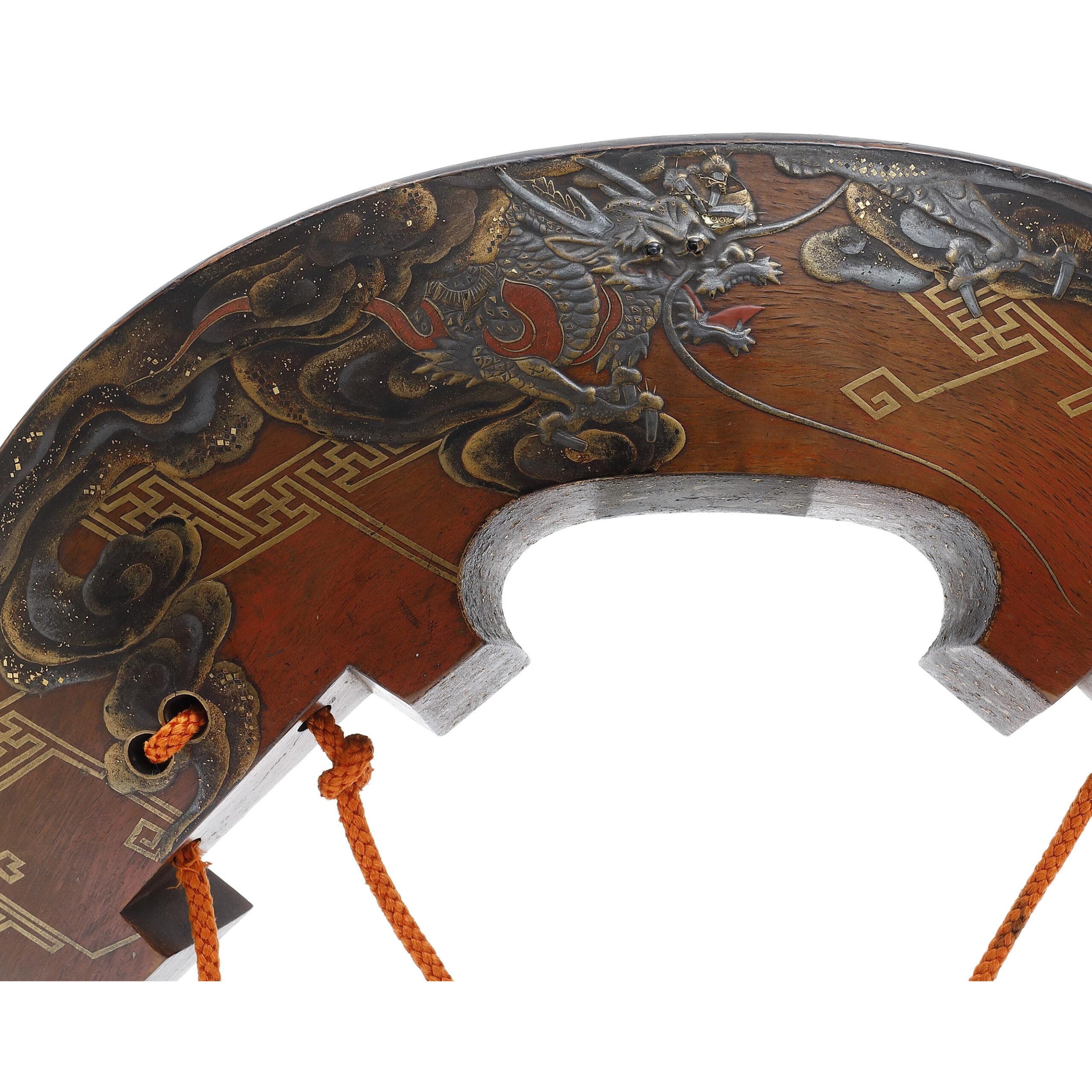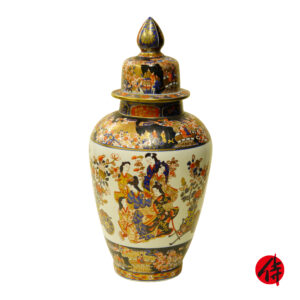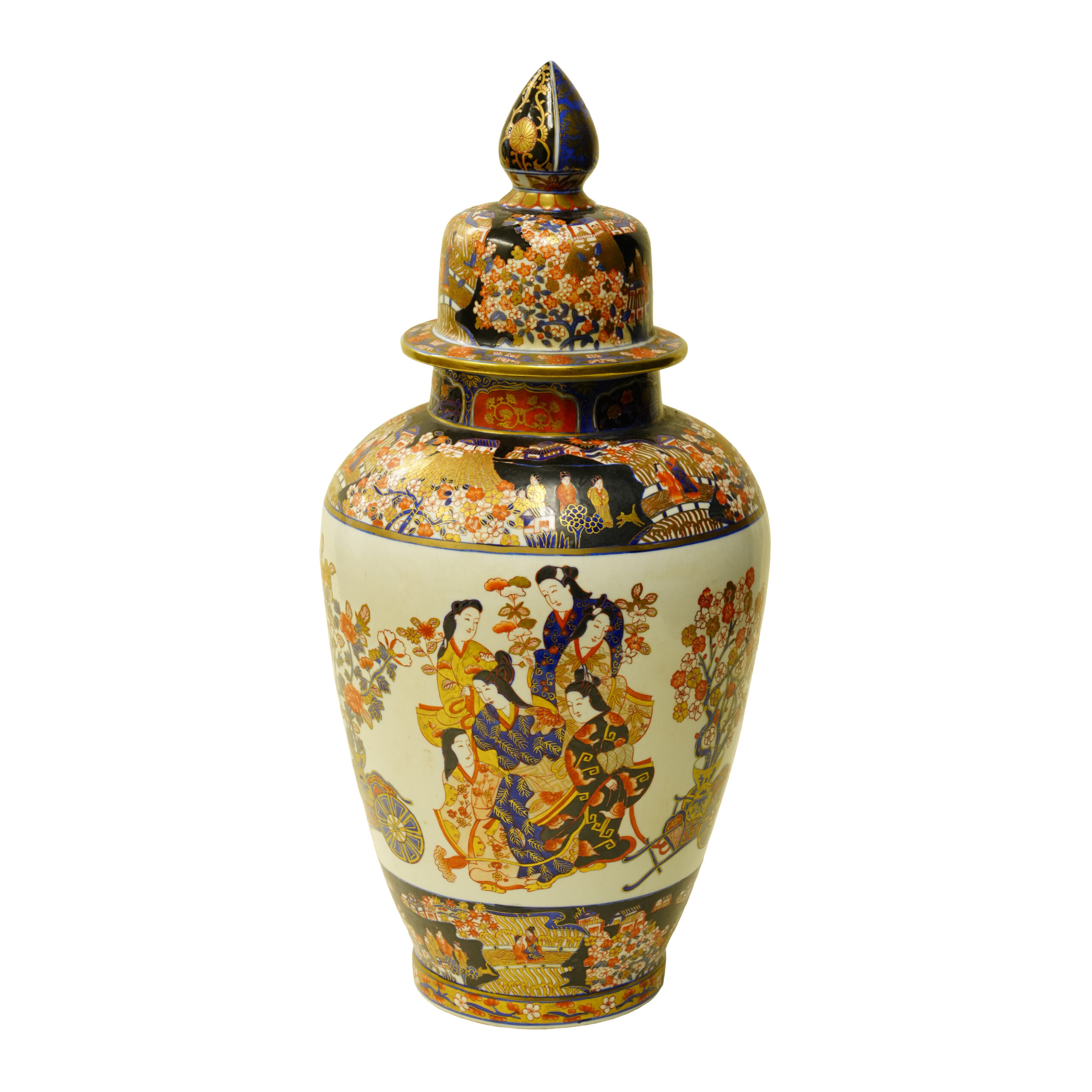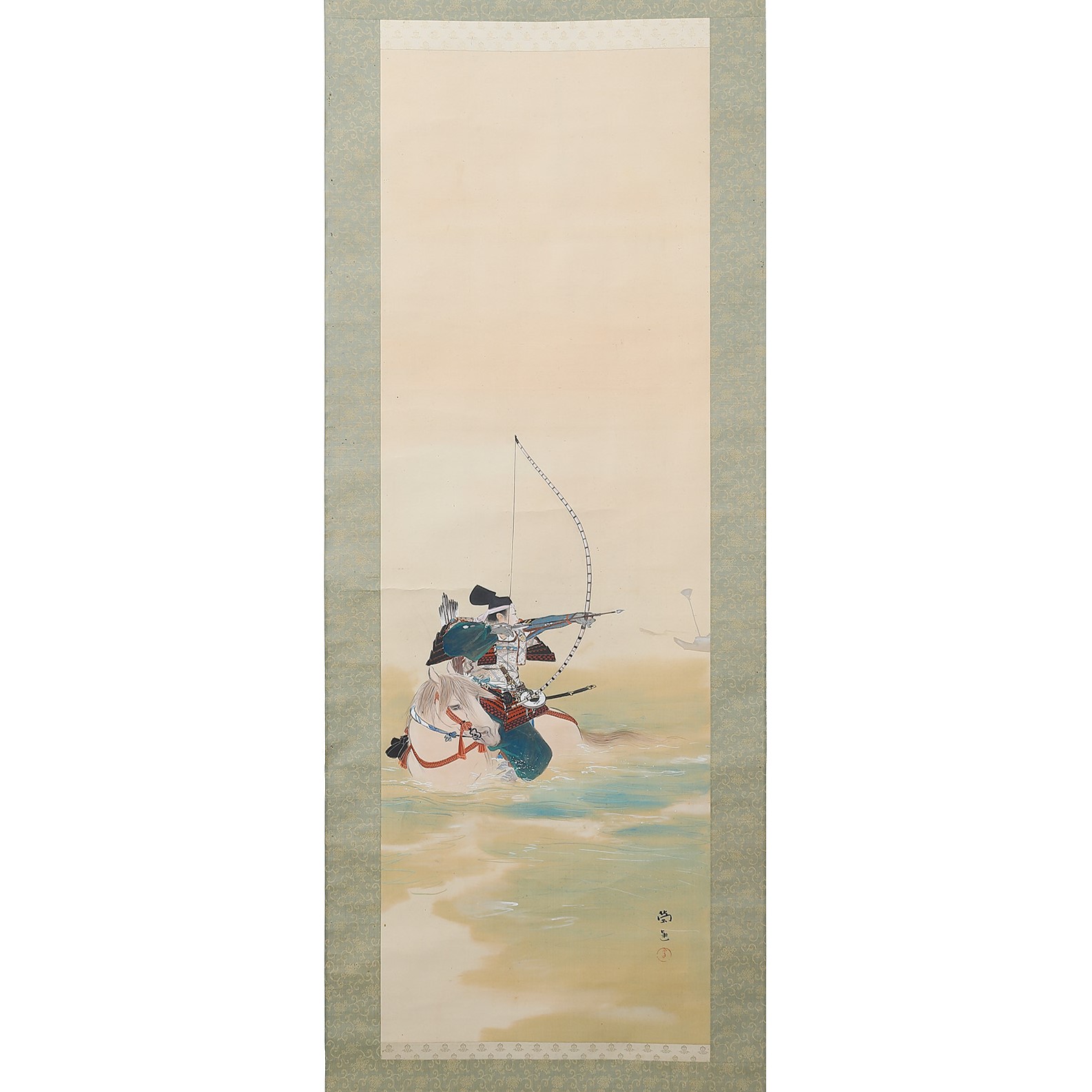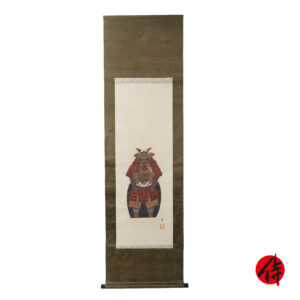Title: Gusoku Zu
Description
This item is a Kakejiku (掛軸, hanging scroll). When displaying a hanging scroll in a Japanese-style room, it is generally hung on the wall of the Tokonoma (床の間). However, no etiquette says you cannot hang a hanging scroll anywhere other than in Tokonoma or a Japanese-style room. You could enjoy them regardless of where you display them. You could also create an alcove-like space by simply hanging a scroll out of direct sunlight, laying tatami mats under it, and placing Japanese miscellaneous goods and flower arrangements. A Tokonoma is a space in a Japanese-style room where the floor is one step higher than the rest of the room. It was initially thought to be a place where gods resided and was created as a space for people of high status to sit. Since the Edo period, Tokonomas have been created in ordinary houses as a place for guests (high-status people) to sit, and it is considered the most sacred and noble place in a Japanese-style room. In recent years, it has often been set up as a space for art exhibitions, such as hanging scrolls and displaying flowers and ornaments.
Especially this hanging scroll seems to have been the one that was hung in the season of Tango no Sekku (端午の節句). The Tango-no Sekku (端午の節句) is one of the seasonal festivals and generally regarded as the Boy’s Festival. It is said that the Tango-no Sekku comes from the Continent. Since the Muromachi period (1336-1658), there has been a custom in which some kind of items, such as a hanging scroll depicting a Samurai or Samurai armors, were displayed in the hope of boys growing up well and succeeding.
Regarding the design, this Kakejiku depicts a figure of a Samurai armor set called Gusoku (具足) placed on a box called Yoroi Bitsu (鎧櫃, Samurai armor storage box), and some weapons, such as swords and Yumi-Ya (弓矢, bow and arrow). Judging from the appearance of this armor, the Samurai to whom the armor belongs must be of very high rank.
This armor consists of several parts, and we would like to focus on some of them. The protector for the head is called the Kabuto (兜, helmet). The Kabuto depicted on this Kakejiku is categorized as the Hoshi Kabuto (星兜), which was born in the middle of the Heian period (平安, around 888-1068). Small rivets that hold iron plates together. These rivets are called the Hoshi (星, star). When people started using the Kabuto, it was initially designed for practical use such as wearing it to turn the attack by swords and so on. However, the principal purpose of its design has changed with time; Samurais tried to express their dignity, personality, or religion by wearing the characteristic design Kabutos. This Kabuto also has a gorgeous dragon-shaped front decoration, and it symbolizes strength and valor. Judging from its magnificent decoration, this Kabuto, which was allowed only for commanders, exudes the dignity of manhood and strength.
The face guard, which is one of the types of Menpo (面頬, face guard) called Somen (総面, full mask), is also attached. Since it covers the entire face, it is said to have been not very convenient when worn in actual battle, as it was extremely heavy and offered limited visibility, but its defensive power was considered significant. Then, during the Edo period, a time of peace and tranquility without warfare, it is also said that the Somen became popular not as a piece of armor but as a work of art, and armorers produced highly decorative masks.
If you look at the cuirass and a curtain behind the armor, you can see a family crest, which is called Mitsu Kashiwa (三つ柏). It contains three wide oak leaves. In the past, Japanese people used oak leaves as vessels for serving food (tableware). This plant is familiar to ancient Japanese people since it is related to food, an essential element in daily life. These lifestyle habits also have a significant impact on the field of faith. Religions at that time arose spontaneously from people’s everyday lives and worshiped “nature” (the sun, mountains, rivers, oceans), which greatly influenced survival. It had a straightforward and primitive structure in which “one prays by making a Kumotsu (供物, offering) to the object.” Leaves of plants such as oak were used as containers for offerings, which is considered to reflect the lifestyle of the time. These customs were passed on to the Shinto (神道), which developed from this primitive religion, and oak leaves are still used today as vessels for offerings at Shinto rituals. Perhaps due to this background, a sense of value that finds “sacredness” and “auspiciousness” in oak leaves seems to have developed. In this way, oak had a certain degree of familiarity with aristocratic society, and from an early stage, it was turned into patterns and used to decorate clothing and furniture.
As mentioned above, Shintoism has a strong connection with oak. Hence, the Kashiwa emblem was initially particularly popular as a crest for a shrine or its enshrined deity or as a family emblem for shrine families. The Kashiwa crest gradually spread to Samurai families; however, this is thought to have been through objects of worship or relationships with Shinto forces. In addition, oak leaves have a habit of not losing old leaves until new ones replace them, so it is said that “generations are uninterrupted” and “transfer of supremacy” (using the word 葉 “leaf” as 覇 “hegemony”). People favored this plant pattern because it was found to be a good luck carrier, such as not causing trouble due to the change of generations. In the Edo period, family crests began to spread to the ordinary people. It could be said that the fact that it was one of the popular family crests that gained much support from the ordinary people who had new family crests has led to the widespread adoption of the Kashiwa crest today.
Along with the gorgeous appearance of the armor, there is an atmosphere of bravery and dignity on this hanging scroll.
*As this item is an antique, please check each photo and ensure its condition.
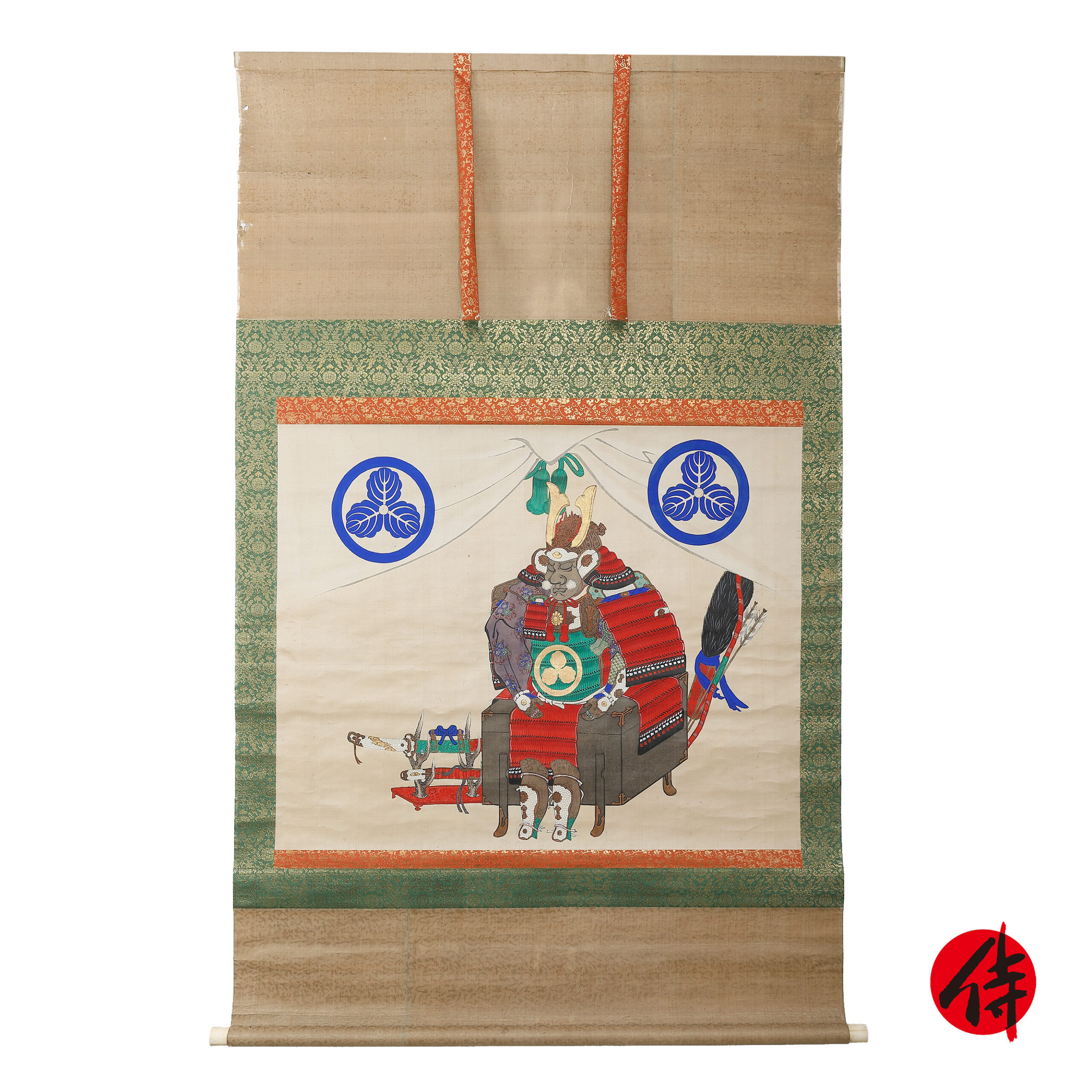
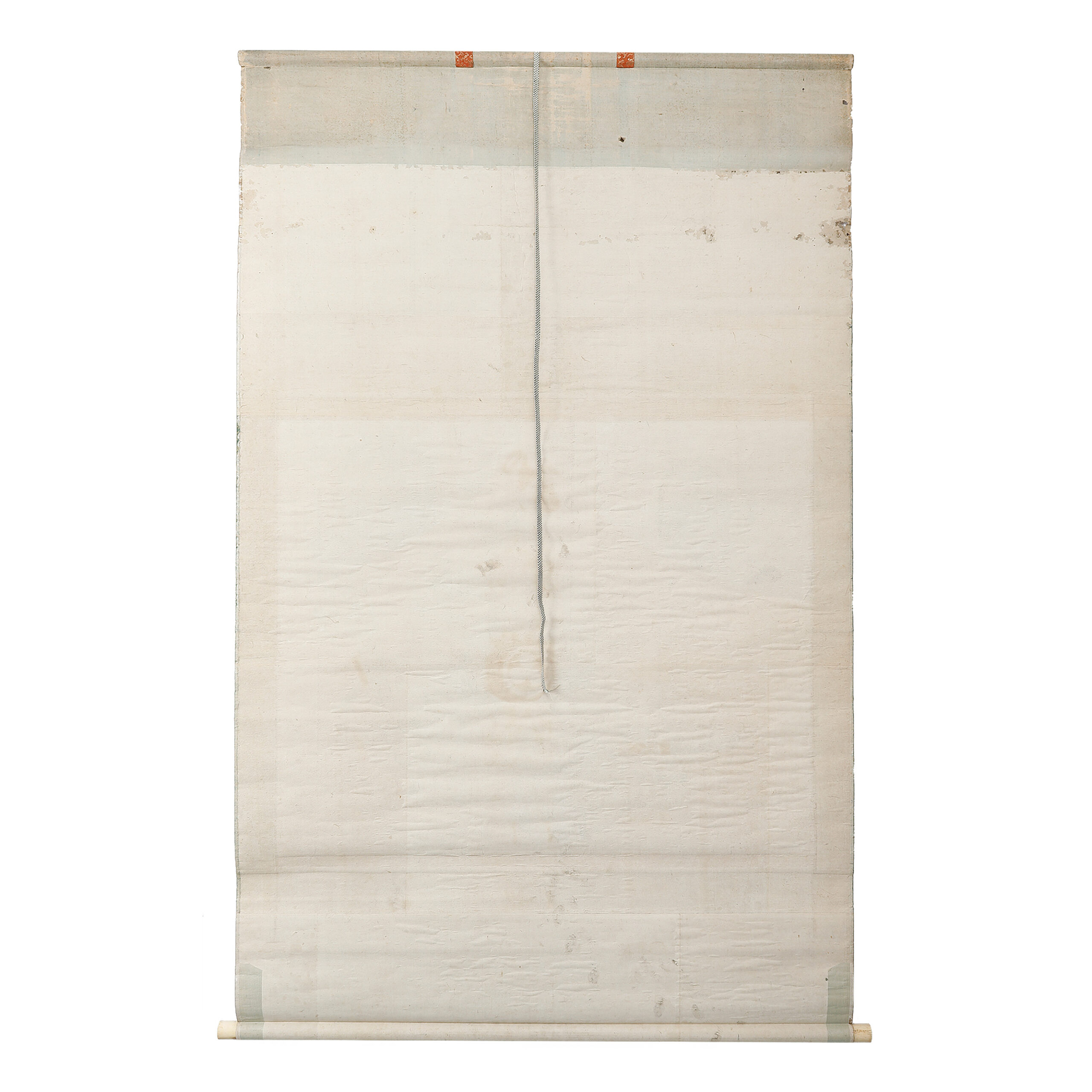
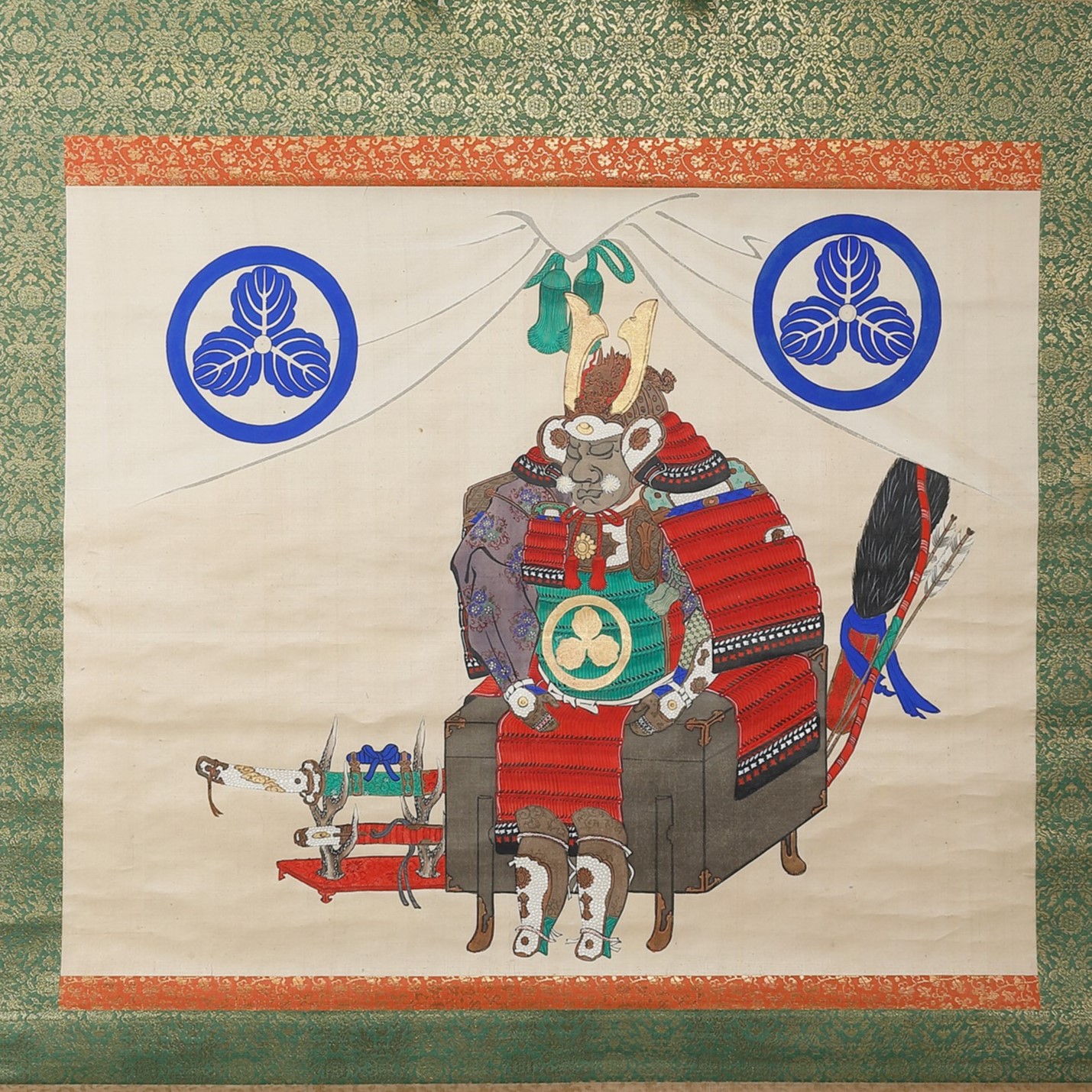
Example of how to decorate a hanging scroll
This image is an example of how to decorate a hanging scroll. Hanging scrolls are an interior decoration that could be enjoyed by changing them according to the seasons. We hope you find your favorite designed hanging scroll and enjoy decorating your room with your great collection.

【About us】
Samurai Museum is located in Tokyo, Japan, exhibiting antique artifacts related to the Samurai history. Samurai Museum Shop is the place for those who are interested in Japanese culture and craftsmanship. We deal with antique Samurai swords/armor, traditional crafts made in Japan and so on.
【Payment method】
We accept payment through Stripe (Credit card), PayPal, Apple Pay or ChromePay, all of which are secure payment methods. Also, you don’t need to make an account on Stripe for the checkout. If you prefer other payment method, please contact us. You may either pay in JPY, USD, AUD, CAD, EUR, CHF or GBP. The price is set in Japanese Yen. Prices in other currencies are automatically calculated based on the latest exchange rate.

【Shipping duration】
We normally ship via EMS (Express Mail Service) provided by Japan Post. It usually takes at least 5-14 days to deliver the package after you place an order. Time of delivery is estimated as accurately as possible by the carrier but does not take into account any delays beyond our control such as by inclement weather, post office holiday seasons.
We offer Free International Shipping as long as we can ship your order by EMS. If you prefer other shipping carriers, please contact us.
We will inform you of the order’s tracking number via email. Please make sure you fill out your valid email address correctly.
*If you like to make sure if EMS shipping is available to your country, please contact us.

【How to make sure the condition】
Please keep in mind that what you are going to purchase is an antique item. We uploaded high resolution photos for you to check its condition thoroughly. If you like to see more photos with different angles, please feel free to contact us. We will be happy to send them to you so that you can make informed decision.
It is essential for us to know that you are happy with your choice of antique item and we are prepared to use the best of our ability to serve you.
Would you like see some more antique items for sale? Please check the link below. We hope you can find your favorite item.
https://www.samuraimuseum.jp/shop/product-category/antique/

